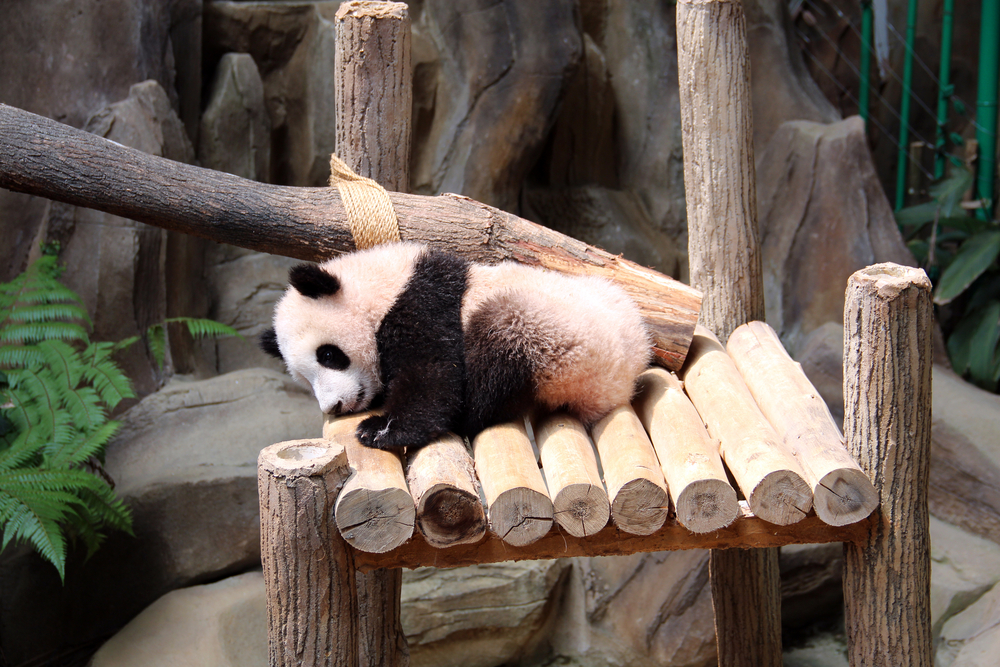
Good news for our furry friends: conservationists have announced that The Giant Panda is no longer an endangered species.
Following years of rescue efforts, particularly by the Chinese government who have been working to re-establish forestland where pandas live, the International Union for Conservation of Nature (IUCN) – the body that tracks threatened species across the world – said it was reclassifying the animal as only ‘vulnerable.’
According to an announcement made at the World Conservation Congress in Hawaii, there are now over 2000 pandas outside of captivity globally; numbers have risen by nearly 1% living in the wild. The geographic range of panda habitats has also increased by nearly 12% since 2003, according to the Giant Panda Survey by the World Wildlife Fund (WWF) – whose symbol is the giant panda.
As reported by UK newspaper The Telegraph, Glyn Davies, executive director of global programmes at WWF-UK, said:
“It is a significant conservation success following years of enormous efforts on the part of the Chinese Government, communities and non-governmental organisations.
“This is a cause for celebration and proves that a united approach can bring a substantial difference to threatened species, even at a time of great economic growth in China.”
However, pandas are not ‘out of the woods’ yet, as the IUCN said climate change was predicted to wipe out 35 per cent of the panda’s bamboo habitat, which could stop and even reverse recent progress.
Another species that received an update of their status by the IUCN is the Tibetan Antelope which has moved from Endangered to Near Threatened. Also, Australia’s Greater Stick-nest Rat has upgraded from Vulnerable to Near Threatened, which is a significant improvement given it’s smaller relative, the Lesser Stick-nest Rat dies out in the 20th century. Another animal also endemic to Australia, the Bridled Nailtail Wallaby has moved from Endangered to Vulnerable thanks to translocation conversation programmes.
Not so great for the apes
Sadly, the good news about pandas has been countered with the announcement that four out of the world’s six great apes are now close to extinction and have moved from ‘endangered’ to ‘critically endangered’ on the IUCN Red List, which includes the Bornean orangutan and Sumatran orangutan.
Elsewhere on the Red List Vietnam’s psychedelic rock gecko has been listed as endangered.
Inger Andersen, IUCN director general, said:
“Each IUCN Red List update makes us realise just how quickly the global extinction crisis is escalating.
“Conservation action does work and we have increasing evidence of it. It is our responsibility to enhance our efforts to turn the tide and protect the future of our planet.”
"ExpatGo welcomes and encourages comments, input, and divergent opinions. However, we kindly request that you use suitable language in your comments, and refrain from any sort of personal attack, hate speech, or disparaging rhetoric. Comments not in line with this are subject to removal from the site. "























